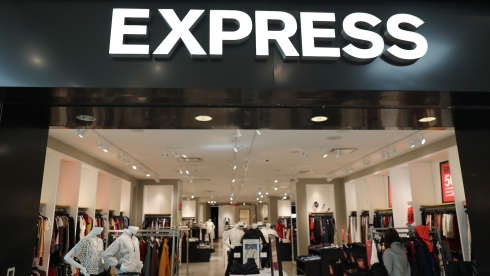“Successful female athletes are going to continue to be under the microscope because culture can’t handle the truth—that women can be powerful and still be women, can have different kinds of bodies and still succeed, and can eschew femininity if they want to and not desire to be men.” – Everett Maroon
The evolution of women’s basketball has grown leaps and bounds from the sport many of our great-grandmothers, grandmothers, and mothers once played in skirts … if they were allowed to play at all.
On May 18, 2012 the Women’s National Basketball Association (WNBA) entered into its 16th regular season. The match up between the Los Angeles Sparks and Seattle Storm also marked the fourth year of its lucrative eight-year television contract with ESPN and ABC’s networks.
Growing in popularity and profitability, the responsibility of advancing the league and the role of women in sports is not lost on the WBNA players.
“You’re not only looking out for your own name but for the reputation of the WNBA in trying to help it grow. In order to do that, we have to carry ourselves in certain ways, as ladies…” said WNBA guard Armintie Price in 2007, her rookie year with the Chicago Sky.
As ladies? Hmm, this sounds familiar.
One needs look no further than the box office or the bookshelf to see how what it means to “act like a lady” remains a perennial topic for societal discourse.
But for women athletes the unspoken expectation to excel at playing a “man’s” game while retaining their femininity is one that Title IX did not (and could not) shield women and girls from in addition to protecting their right full participation in American athletics.
Price’s comment, made in a Chicago Tribune article that praised the “uniqueness” of the WNBA in comparison to the male league, benignly alludes to these pressures offering fans a (compact) mirror for us to view the image WNBA players are expected to uphold.
As a girl and an athlete, I recall my surprise when some of my favorite players like guards Cynthia Cooper and Dawn Staley started wearing make-up coincidentally around the same time the WNBA debuted.
“Um that’s interesting,” I thought to myself too young then to understand the dynamics at play.
What I failed to understand at the time were the incessant rumors questioning the sexuality and even gender of female athletes who did not exert overtly effeminate traits off the court.
Comments like “She’s definitely a lesbian.” “OMG she looks like a man!” are heard too often while watching women’s sports and more recently during the women’s NCAA tournament.
For Brittany Griner a rising senior at Baylor University, three-time All-American and 2012 AP Player of the Year and the Most Outstanding Player of the Final Four, the scrutiny has been particularly potent.
Dubbed the next WNBA superstar, the young phenom’s powerhouse dunks made her a YouTube sensation. And although Griner is not the first woman to dunk, she is what many believed to be but the first to dunk… well, like a man.
Unlike the women’s dunking pioneers that preceded her, collegiate and WNBA stars Lisa Leslie and Candace Parker whose model looks and feminine fashion sense contrast Griner’s deep voice and androgynous style that makes many uncomfortable.
Why the discomfort? In a guest post for the Crunk Feminists Collective Summer McDonald Cross notes, “… if heterosexual men don’t think they can beat you at a sport, they at least want to think they can sleep with you after the game.”
Great point, however let’s not misconstrue that this is only about sex, but more so the ways in which men AND women regardless of sexual orientation view femininity.
As a heterosexual woman and feminist, even I am guilty of the same criticisms.
While watching the NBA Playoffs, I’ve caught myself commenting on the appearance of sideline reporter and Basketball Hall of Famer Cheryl Miller’s appearance. More times than I’d like to admit I have let an “Oh look she’s finally done something with her hair” and “Ugh, I think Craig Sager told her to wear that blouse” slip from my lips and fingertips onto Twitter.
Yet even with my gaffes, I realize the policing of women’s appearance and comportment continues despite the women’s movement, Title IX, three waves of feminism, and monster dunks and that in truth, the perception of how a woman is supposed to look and act hasn’t evolved that much from when we ran the courts in skirts.
Jamila Aisha Brown is a freelance writer, political commentator, and social entrepreneur. Her entrepreneurship, HUE, provides consulting solutions for development projects throughout the African diaspora. You can follow her on Twitter and engage with HUE, LLC.













